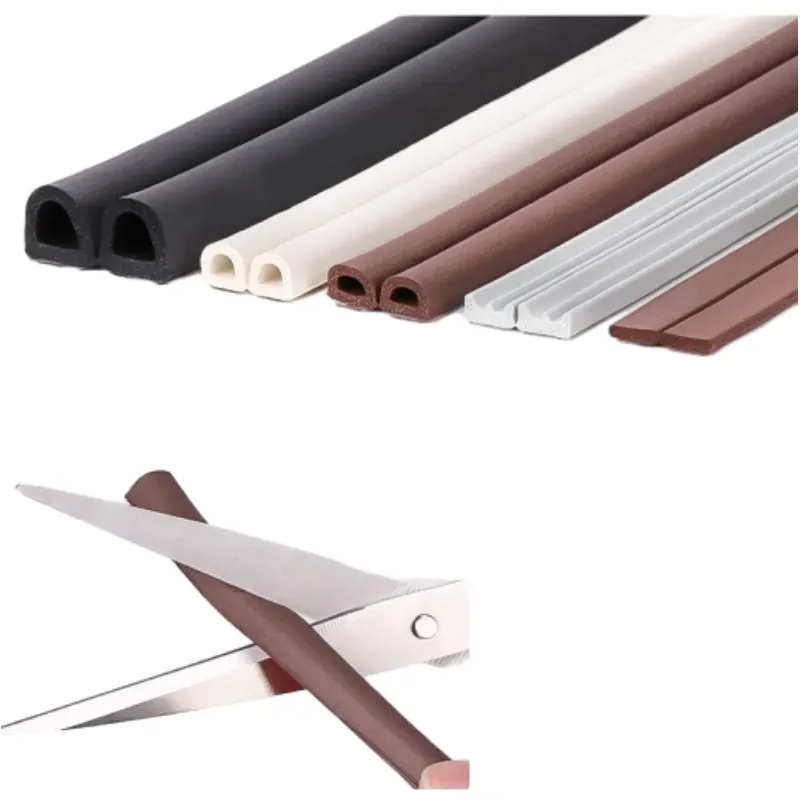Comparison of Different Edge Sealing Processes
When it comes to finishing furniture and cabinetry, edge sealing is a crucial process that enhances aesthetics and durability. Among the popular options are edge banding, PVC edge band tape, and melamine edging tape. Each method has its unique characteristics, advantages, and applications. This article provides a detailed comparison of these edge sealing processes to help you make informed choices for your projects.

Edge Banded
Edge banding involves applying a thin strip of material to the exposed edges of boards, typically made from wood or particleboard. This process is commonly used in cabinetry and furniture making to create a polished look and protect the edges from damage.
Characteristics of Edge Banding
Material Variety: Edge banding can be made from various materials, including wood veneer, PVC, and melamine, allowing for a range of aesthetics.
Durability: Properly applied edge banding provides a robust barrier against moisture and wear, enhancing the longevity of the furniture.
Professional Finish: The application of edge banding gives a clean, seamless appearance that is often preferred in high-end furniture.
Applications
Edge banding is ideal for projects where appearance and durability are paramount, such as kitchen cabinets, office furniture, and custom woodwork.
PVC Edge Band Tape
PVC edge band tape is a popular choice for many manufacturers due to its flexibility, ease of use, and cost-effectiveness. Made from polyvinyl chloride, this tape is designed to be applied directly to the edges of panels.
Characteristics of PVC Edge Band Tape
Easy Application: PVC edge band tape can be applied with a hot-melt adhesive, making it a quick and straightforward process.
Variety of Colors and Finishes: Available in numerous colors and textures, PVC tape can easily match or complement the surface of the board.
Good Resistance: PVC offers decent resistance to moisture and chemicals, making it suitable for kitchen and bathroom applications.
Applications
PVC edge band tape is commonly used in mass-produced furniture and cabinetry, where efficiency and cost savings are essential.
Melamine Edging Tape
Melamine edging tape is another popular option, particularly for melamine-faced panels. This tape is made from a melamine resin and is known for its smooth finish and color consistency.
Characteristics of Melamine Edging Tape
Smooth Finish: Melamine tape provides a sleek, professional appearance that closely matches the surface of melamine boards.
Heat Resistance: This type of tape offers good heat resistance, making it suitable for kitchen environments.
Durability: Melamine edging is known for its resistance to scratches and moisture, ensuring longevity.
Applications
Melamine edging tape is widely used in furniture manufacturing, particularly in modern designs where a clean, uniform appearance is desired.
Comparison Summary
|
Feature |
Edge Banded |
PVC Edge Band Tape |
Melamine Edging Tape |
|
Material Variety |
Wood veneer, PVC, melamine |
PVC |
Melamine resin |
|
Application Method |
Requires machinery for precision |
Easy application with adhesive |
Requires heat for application |
|
Durability |
High durability |
Moderate durability |
High durability |
|
Aesthetic Appeal |
Professional finish |
Good match with surfaces |
Smooth, consistent appearance |
|
Cost |
Generally higher |
Cost-effective |
Moderate cost |
|
Common Uses |
Custom cabinetry, high-end furniture |
Mass production |
Modern furniture designs |
Choosing the right edge sealing process depends on your specific needs, budget, and aesthetic preferences. Edge banding offers a professional finish with high durability, while PVC edge band tape provides an efficient and cost-effective solution for mass production. On the other hand, melamine edging tape is ideal for projects requiring a smooth finish and color consistency. Understanding these differences will help you select the most suitable edge sealing method for your projects.
-
Silicone Seal Strip: The Ultimate Solution for Your Sealing NeedNewsNov.01,2024
-
Keep the Heat: The Importance of Seal for Oven DoorsNewsNov.01,2024
-
Essential Guide to Corner Protectors for Your FurnitureNewsNov.01,2024
-
Enhance Your Home with Silicone SolutionsNewsNov.01,2024
-
Efficient Maintenance of Melamine Sealing StripsNewsNov.01,2024
-
Types of Door Bottom Seal Strips and Their Best UsesNewsOct.25,2024
-
Top Benefits of Using Door Bottom Seal Strips in Commercial BuildingsNewsOct.25,2024